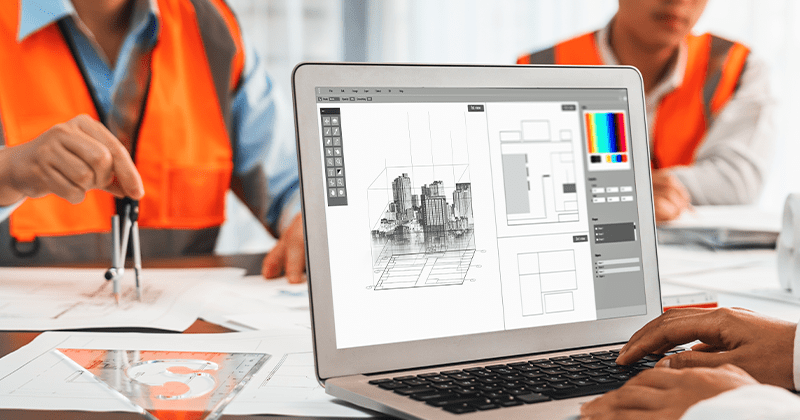In the world of construction and project management, Material Takeoff (MTO) plays a critical role in ensuring project efficiency, cost control, and accurate resource allocation. Whether you’re a contractor, architect, or project owner, understanding the material takeoff process can save time, money, and minimize waste. In this blog, we’ll provide a visual breakdown of the material takeoff process, explaining each step in an easy-to-follow format.
What is Material Takeoff?
Material Takeoff (MTO) is the process of listing and quantifying all the materials required for a construction project. It forms the foundation for accurate project estimates, procurement, and budgeting. The goal is to ensure every material—whether concrete, steel, piping, or wiring—is accounted for, avoiding costly delays and shortages.
Why is Material Takeoff Important?
- ✅ Accurate Budgeting
- ✅ Efficient Procurement Planning
- ✅ Reduced Waste & Overordering
- ✅ Streamlined Project Scheduling
- ✅ Improved Cost Control & Profitability
Step-by-Step Visual Breakdown of the Material Takeoff Process
1. Project Document Review
The first step in the material takeoff process is reviewing all project documentation, including:
- Architectural Drawings
- Structural Drawings
- Mechanical, Electrical, Plumbing (MEP) Plans
- Specifications
🔎 Visual Tip: Imagine spreading out blueprints on a table, highlighter in hand, marking all essential components.
2. Material Identification
Next, identify all the materials required for the project. This includes:
- Concrete
- Steel Rebar
- Timber
- Drywall
- Plumbing and Electrical Fixtures
- Paint, Flooring, and Finishes
🔎 Visual Tip: Think of this step as creating a shopping list after walking through your house, room by room.
3. Measurement and Quantity Extraction
Use the drawings to measure lengths, areas, volumes, and counts to quantify materials. Common measurements include:
- Cubic Meters (m³) for Concrete
- Square Meters (m²) for Flooring
- Linear Meters (m) for Piping and Conduits
- Unit Counts for Fixtures and Fittings
🔎 Visual Tip: Imagine using a digital scale on a blueprint, tracing every wall and space to calculate the total material need.
4. Applying Waste Factors and Adjustments
Factor in waste percentages, spillage, and potential damage. For example:
- 5-10% for tiles
- 10-15% for drywall
🔎 Visual Tip: Picture adding a little extra paint to your shopping cart “just in case” for touch-ups later.
5. Preparing the Bill of Quantities (BOQ)
Once all quantities are measured and adjusted, compile them into a Bill of Quantities (BOQ). This document includes:
- Material Descriptions
- Quantities
- Units of Measure
- Remarks/Specifications
🔎 Visual Tip: Think of this as your final checklist before heading to the supplier.
6. Cost Estimation and Budgeting
Apply current market rates to the BOQ to estimate the total cost. This step helps:
- Prepare accurate project budgets
- Plan cash flow
- Negotiate with vendors and suppliers
🔎 Visual Tip: Imagine plugging numbers into a calculator to see your shopping bill add up.
Tools Used in Material Takeoff
✅ Manual Takeoff Tools: Scale rulers, calculators, and spreadsheets
✅ Digital Takeoff Software: Planswift, Bluebeam Revu, AutoDesk Quantity Takeoff
✅ 3D BIM Models for advanced projects
Common Mistakes to Avoid
❌ Missing Materials in the Scope
❌ Incorrect Measurement Units
❌ Not Factoring Waste and Losses
❌ Relying on Outdated Drawings
Conclusion: Simplify Your Material Takeoff Process
A clear and detailed material takeoff process ensures project success from start to finish. By following these steps and using visual aids, you can minimize errors, save money, and maintain efficiency throughout your project. Whether you’re working on residential, commercial, or industrial construction, mastering the MTO process is a must!




